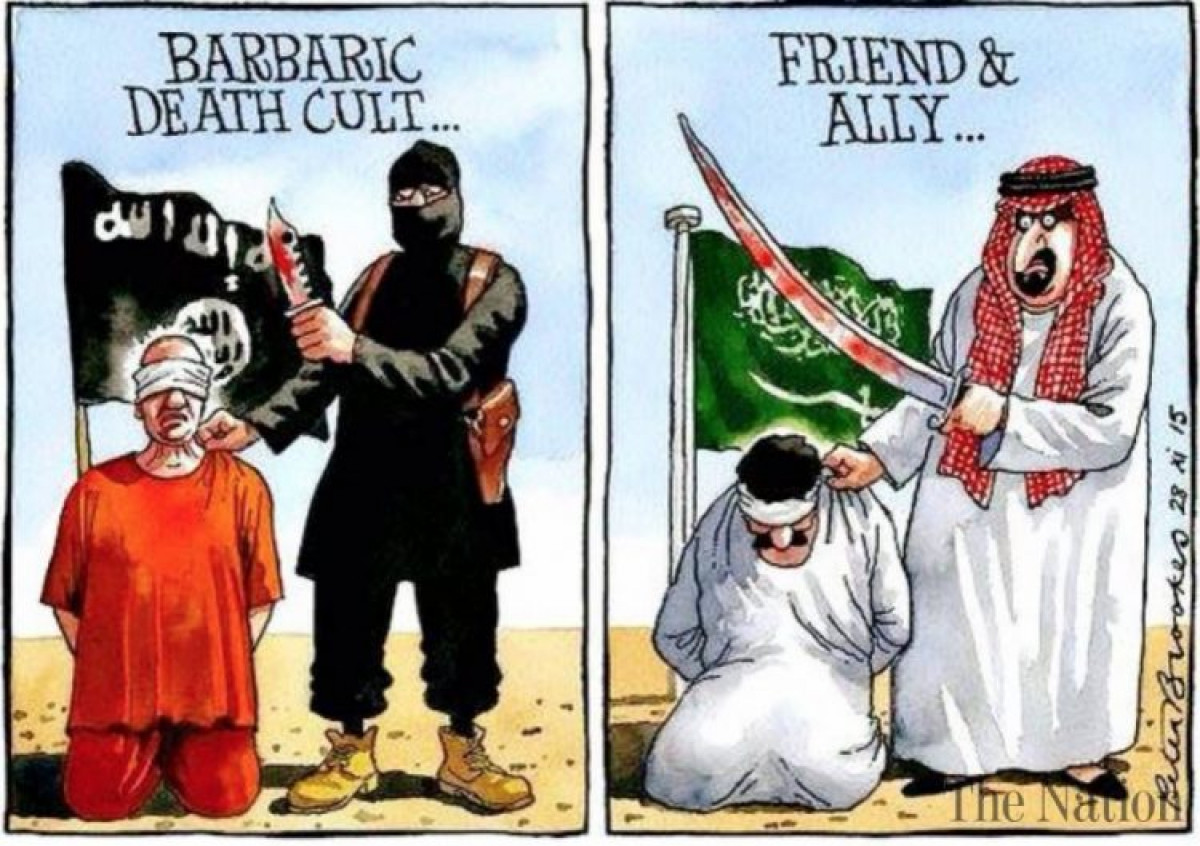 93
93
There are various fanatic organizations and political groups active in Central Asia that are striving to disseminate Wahhabism, a vicious Saudi-made theological cult. These Al Qaeda-inspired groups are often identified as extremists or terrorists by the post-communist governments in this volatile region.
According to many observers, the oil-rich Kingdom of Saudi Arabia (KSA)’s financial and intellectual support for extremist organizations is one of the most crucial elements for the rise of extremist ideology in Central Asia and the Caucasus. The peripatetic nature of these fanatic organizations, which routinely move from Central Asia to neighbouring countries, is one of their most defining characteristics.
Extremists may readily infiltrate and carry out terrorist actions due to the extensive and porous borders in Asia’s heartland. The bulk of these groups have close ties to Wahhabis in Saudi Arabia and regard the Taliban and Al Qaeda as allies in Afghanistan.
One of the most important Saudi activities in propagating the Wahhabi doctrine is the establishment of notorious Wahhabi schools, or madrassas, in Central Asian countries, notably the impoverished nation of Tajikistan. KSA has so far succeeded in attracting the interest of dissatisfied Tajik citizens, particularly through recruiting the illiterate and unemployed rural population.
Many madrassas eventually became active training grounds for extremist groups, with graduates joining the Taliban or Al Qaeda. Moreover, the KSA uses apparently innocuous methods to spread Wahhabism.
For instance, in February 2018, the King Salman Humanitarian Aid and Relief Facility (KSRelief) funded the establishment of a training facility for Tajikistan’s Emergency Committee. At first look, this seems to be salubrious bilateral cooperation between two Muslim countries; but, the critical question is why Saudi Arabia finances such major projects in a remote country, despite the KSA’s own economic shortage and mounting budget deficits.
In reality, Riyadh is attempting to convince the Tajik young generation to join hardline religious groups by appealing to their financial plight. According to Tajik media, due to a lack of government educational institutions, Saudi financial incentives attract an enormous number of young citizens from Tajikistan’s remote districts.
On the other hand, Russia and Iran consider Central Asia and the Caucasus as their sphere of influence and backyard. As a consequence, Washington will employ extremist and Saudi-backed Wahhabi organizations as one of its instruments to exert more pressure and ultimately contain the Moscow-Tehran-Beijing axis.
Saudi Arabia obviously intends to destabilize Central Asia to achieve its sinister goals, and if the governments in the region ignore the Saudi encroachments, terrorist organizations will gain in popularity, resulting in further instability in Central Asia.
Comment
Post a comment for this article